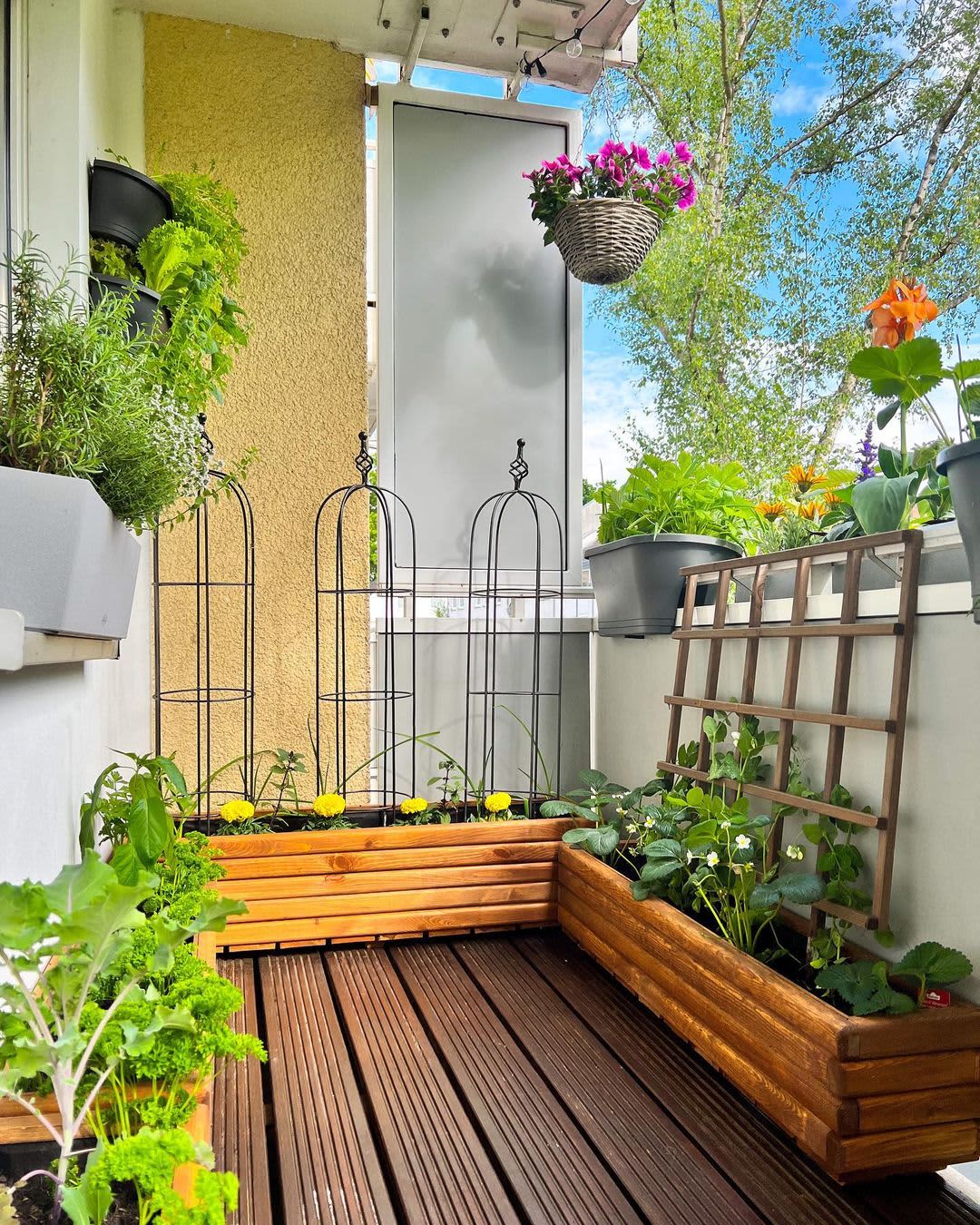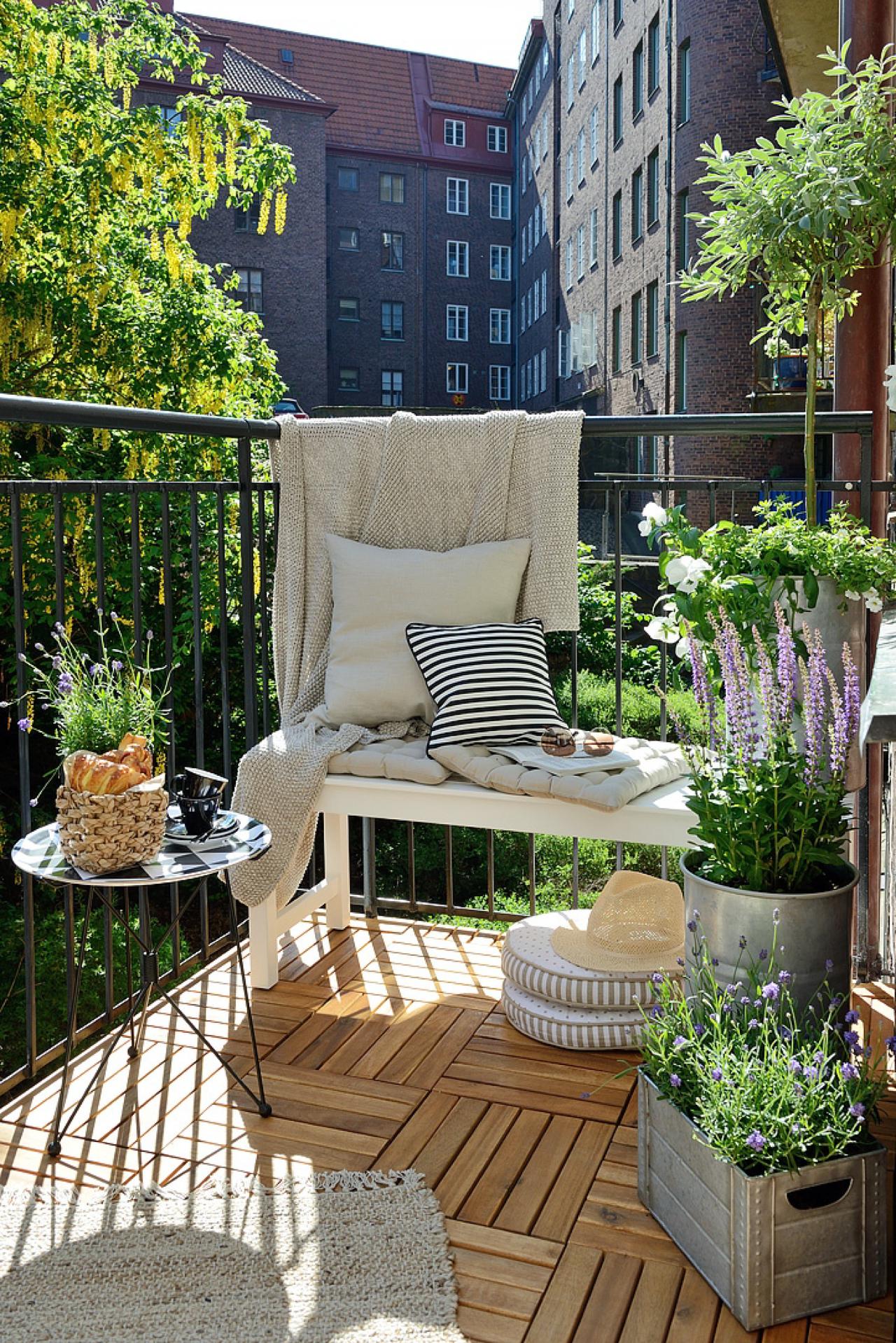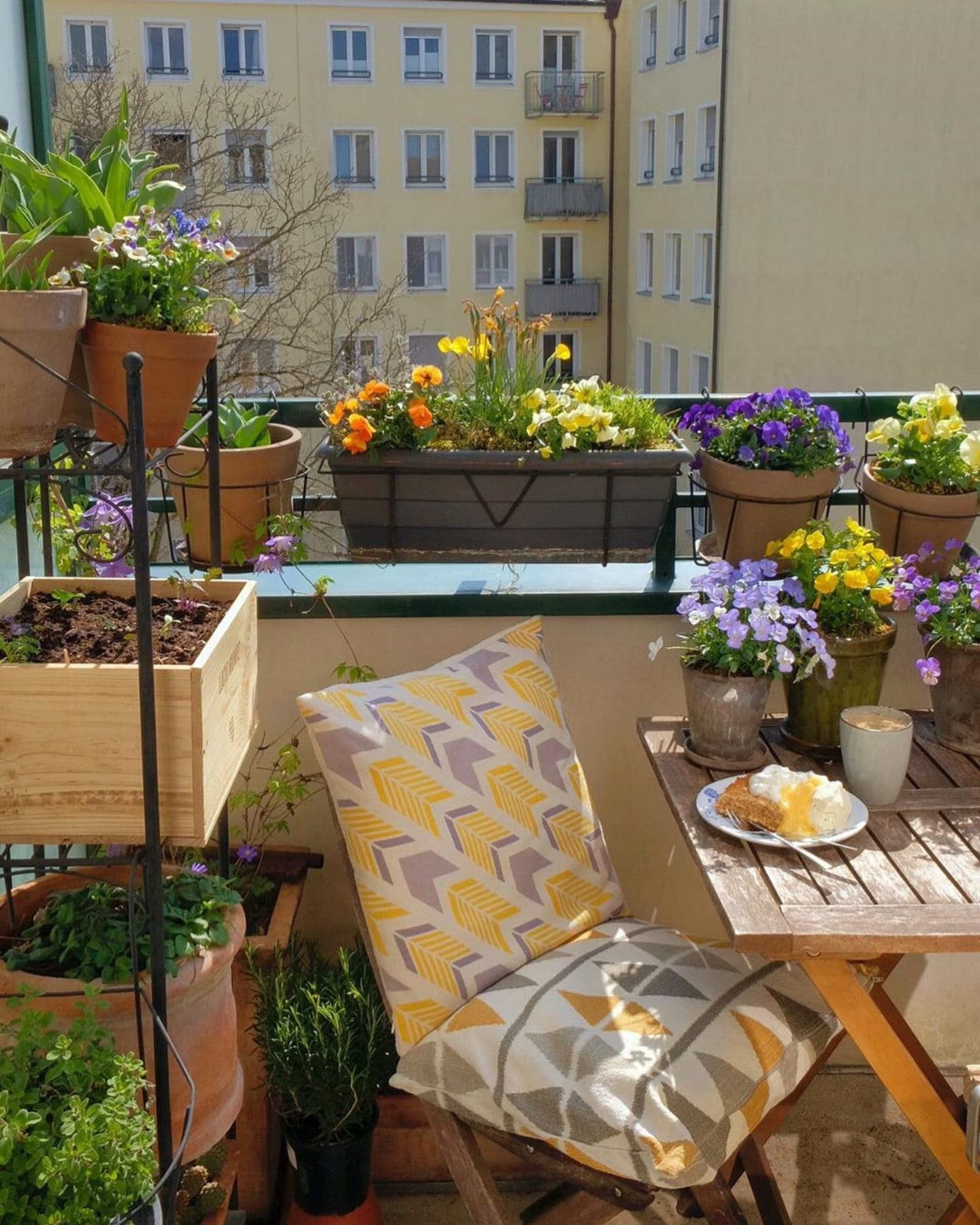Balcony Gardening: A Data-Driven Guide to Maximizing Space and Yield

The Complete Balcony Gardening Mastery System: From Concrete to Lush Oasis (With Shortcuts & Pro-Level Tactics)
Cracking the code of balcony gardening took more than a few dead basil plants and a wind-blasted tomato graveyard. For years, I thought this was just about buying pretty pots and overwatering supermarket seedlings—until I realized every balcony is an ecosystem with its own rules. If you want thriving vines, non-stop salad bowls, or a riot of blooms in your slice of sky, you need more than tips. You need systems—and the clever workarounds that’ll save you money, time, and heartbreak.

What follows isn’t another “10 easy tips” roundup—it’s a complete mastery framework refined by failed first attempts, unexpected breakthroughs, and relentless tinkering in real-world balcony jungles. Expect shortcuts, advanced strategies, specific gear recommendations, and the truth about what actually works (and what doesn’t) when growing green on high.
1. Rethink Balcony Gardening: It’s Not About Pots and Dirt
Forget everything you’ve read about just “finding a sunny spot and adding some soil.” Most people don’t realize:
- Your balcony is an unpredictable microclimate: Wind tunnels one floor up can be dead calm on five.
- Weight limits matter—a collapsed concrete slab will get you evicted.
- Watering isn’t daily—it’s strategic, or your petunias will drown while your tomatoes shrivel.
WHY this matters:
True success comes from system-thinking—not one-off hacks. That means mapping microclimates, structuring plant layouts for airflow and privacy, automating care routines where possible, and designing for failure (because it happens).
2. Systematic Assessment: The Five Variables That Make or Break Your Setup
Before planting anything:
A. Sunlight Audits—Not Guesses
I strongly advise running a three-day sun-mapping test before buying plants:
- Snap photos at 8am/12pm/4pm.
- Note actual hours of sunlight per zone.
Example: In May 2022, my north-facing corner surprised me with a single two-hour sunbeam at noon—enough for chives but not basil.
B. Wind Profiling
Tie strips of ribbon to railings for 24 hours; see which corners flutter most.
Pro move: Heavy ceramic planters in exposed corners; plastic only behind windbreaks.
C. Weight Calculations (with Examples)
Check lease/building docs for limits (usually 40–60 lbs/sq ft).
Measure one container full of wet soil + plant + saucer—mine averaged 15 lbs each; that means no more than four large planters per square meter in my building.
D. Drainage Tests
Flood-proof by testing each pot with two liters of water; time how fast it drains into saucers.
If water sits for over ten minutes? Drill more holes or ditch the pot—root rot waits for no one.
E. Privacy & Noise Mapping
Stand outside at rush hour—what do you hear? Where do neighbors see? Use tall grasses in heavy containers as living screens (miscanthus hides ugly brick walls and muffles traffic).
3. Foundation Build-Out: Smart Container & Soil Choices
Here’s where shortcuts pay off:
Fast Container Selection Matrix
| Need | Best Choice | Why/Shortcut |
|---|---|---|
| Lightweight | Plastic/fiberglass | Half the weight of terracotta; easier to move |
| Windproof | Glazed ceramic/concrete | Won’t tip even in storms |
| Edible focus | Food-grade grow bags | Collapsible off-season; roots stay cool |
| Vertical space | Wall pocket planters | Triple capacity using wall real estate |
Failed first attempt: My first year, $200 went to fancy terracotta pots that dried out too fast and cracked mid-winter—lesson learned: invest once in weatherproof plastic/resin blends unless style is more important than durability.

For a full breakdown of starter gear, see Essential Tools and Containers for Balcony Gardening Beginners.
Soil Upgrades That Outperform Store Mixes
Most store-bought potting mixes are too dense or too light.
- For veggies: Mix 60% premium potting mix + 30% homemade compost + 10% perlite.
- For flowers: Add slow-release fertilizer pellets upfront so color lasts all season.
Unexpected twist: Try coir-based blocks instead of peat—they hold water without compacting roots (AND are eco-friendly).
For more on optimizing your growing medium, check out Balcony Garden Soil and Fertilizer: What You Need to Know.
4. Plant Selection by Microclimate—with Data-Driven Shortlists
Don’t just copy online lists—use hard-won local results:
High-Sun Balconies (>6 hrs/day)
- Cherry tomatoes (‘Tiny Tim’): Compact, unstoppable; yielded me 4lbs per plant last July.
- French marigold: Repels pests and keeps blooming until frost.
- Hot peppers (‘Cayenne’): Needs staking but tolerates wind well.
Partial Shade (3–6 hrs)
- Baby leaf lettuce (‘Cut-and-Come Again’): Harvested every week all summer; never bolted under shade cloth.
- Mint (‘Mojito’): Never plant without a bottom barrier—it will take over everything!
Full Shade (<3 hrs)
You’re not out of luck:
- Ferns & hostas: Add instant jungle vibes—even with zero sun.
- Chives & parsley: Surprisingly resilient if watered well.
For more inspiration tailored to tight spaces, see Choosing the Best Plants for Small Balcony Gardens.
Advanced Tactic:
Use reflective surfaces (mirrors or white boards) to bounce extra sun into dark corners—the difference can push an area from barely surviving to lush growth.
5. Layout Systems That Work (Not Just Look Good)
Visualize zones using post-it notes before dragging heavy pots outside—a shortcut that saves both your back and prevents crowding later.
My Proven Zoning Blueprint:
- Place tallest plants/trellises against windy edges as natural barriers.
- Group thirstiest plants nearest water source/balcony door (shortcut: less walking means fewer missed waterings).
- Use rolling trays for heavy pots—you'll thank yourself when seasons change (mine cost $12 each on Amazon; worth every penny).
If you're looking to get even more out of your limited area, explore How to Maximize Space with Vertical Gardening on Your Balcony.
Dialogue Example:
Me (to new gardener friend): “Try clustering three wind-sensitive herbs in the shelter of your grill stand—you get better airflow AND less watering.”
Friend: “I never thought my barbecue would double as a windbreak!”

6. Care Automation & Time-Saving Tricks
If memory lapses killed more plants than aphids ever could… automation changes everything.
Drip Irrigation Lite
Install plug-and-play drip kits ($35–$60) with adjustable emitters per pot—one Saturday afternoon setup replaced my old twice-daily watering routine entirely.
DIY shortcut:
Repurpose empty wine bottles as self-watering spikes during vacations—I made six for free after losing half my basil during a hot spell last August.
For more watering strategies, see Watering Tips and Techniques for Thriving Balcony Plants.
Scheduled Feeding
Set smartphone reminders EVERY TWO WEEKS for liquid feedings during peak growth—not just when leaves look hungry! My yields doubled after sticking to this schedule instead of “when I remember.”
7. Advanced Techniques for Next-Level Results
Once basics are stable—push boundaries:
Vertical Integration
Build modular shelves out of treated pine or recycled pallet wood ($25–$40)—each level adds capacity without breaking weight limits below.
Insider tip: Space shelves at least 18 inches apart so herbs don’t shade out salad greens beneath them…another lesson learned from trial-and-error stacking!
Companion Plant Combinations That Fix Problems Naturally
Pair basil under tomatoes = fewer aphids AND tastier harvests;
Plant nasturtiums as edible decoys near brassicas—they lure away cabbage worms better than any spray I’ve tried.
Succession Sowing Calendar Snapshot
Back in April 2023 I started sowing new radish seeds every two weeks—instead of feast-or-famine harvests, there was always something crisp to pick right through June!
8. Troubleshooting Grid: Rapid Problem Solving When Things Go Wrong
No garden is immune from setbacks—but systems catch issues early:
| Symptom | Likely Cause | Fastest Solution |
|---|---|---|
| Yellow leaves | Overwatering | Check drainage holes; skip two days' watering |
| Wilting midday | Underwatering/windburn | Water early morning only; group pots closer |
| Aphid outbreak | Crowding | Prune lower stems; spray diluted neem oil weekly |
| Blossom drop | Heat swings | Add mulch layer on topsoil (~1-inch thick) |
For natural ways to prevent and treat common issues, see Dealing with Pests and Diseases in Balcony Gardens Naturally.
Whenever disaster strikes? Photograph problems and log them with date/time/weather—it’ll help diagnose patterns next season instead of guessing blind again!
9. Real Case Stories With Specific Outcomes
Nothing replaces field-tested experience:
The Overflowing Herb Wall Experiment
In Summer ‘21 I converted an IKEA shoe rack into vertical planters using recycled grocery bags as liners ($0 cost). Within three months I harvested enough cilantro weekly to give away bunches at work—and learned that bottom tiers needed slower-draining mix due to runoff from above.
The Great Watering Failure
June heatwave ‘22 saw my lettuce wilt overnight because I’d relied on memory alone—in desperation I installed a $45 WiFi timer/drip kit…no lost crops since!
From Bare Slab To Jungle Ambience
A client craved privacy but only had budget for six containers—instead we used dwarf bamboo along the railing paired with thrift-store string lights ($15 total), transforming echoey concrete into leafy seclusion within weeks—and neighbors started asking advice instead of complaining about run-off!
10. The Complete Action Plan: A Mastery Checklist
This isn’t just theory—a proven sequence ensures nothing gets skipped:
- Sun/Wind Audit With Photos
- Weight Check With Bathroom Scale
- Sketch Layout On Paper Before Buying Anything
- Choose Containers By Actual Needs (+ spare drainage saucers)
- Mix Or Amend Potting Soil Before Filling Pots
- Select Plants By Microclimate Reality—not Instagram trends
- Arrange Tallest Plants As Windshields First
- Install Drip Kit Or Set Self-Watering Traps Immediately
- Stagger Sowing Dates For Continuous Harvests
- Log Every Win AND Loss In Garden Journal/App
The biggest shortcut? Start small but systematic—you’ll avoid nearly every rookie mistake and scale up confidently as skills grow season over season.
Final Thoughts—for Those Who Want True Mastery
Every lush balcony garden starts with ambition—but survives on systems that anticipate setbacks before they happen:
- Automate what you can early;
- Solve problems visibly rather than hoping they go away;
- Keep records like a scientist;
- And above all else—design around YOUR unique microclimate instead of copying others blindly.
If you’re ready to turn bare slabs into green sanctuaries without burning cash on unnecessary gadgets or repeating classic beginner errors… commit to systems-thinking now.
Your future self—with baskets overflowing and neighbors craning necks—is already thanking you.
Now get out there—and build your mastery one clever shortcut at a time!




